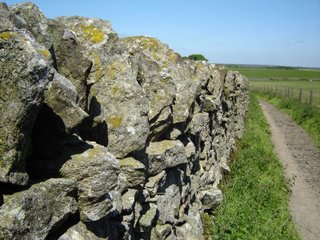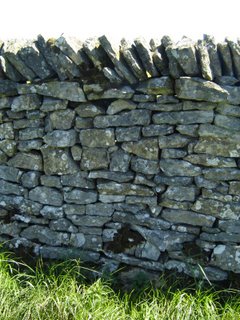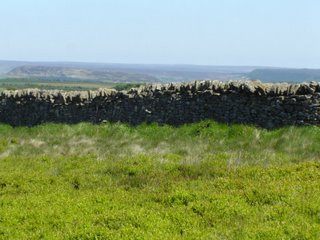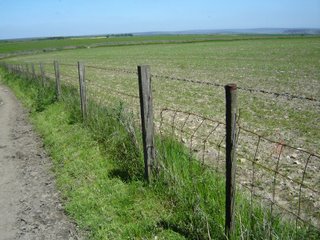Rabbit smoots, bee boles and dry stone walls

The traditional jobs in the British countryside all involved long hours, heavy lifting and cold weather. However, in another life if I am ever asked which one of these jobs I would prefer, it would undoubtedly be building dry stone walls.
A dry stone wall is a thing of both beauty and usefulness and it lasts for years and years. You can see the skill that has gone into building them.

As well as looking good, they have many uses apart from dividing up the land. Sheep shelter against them. Mosses and lichens grow on them. Insects live in them. In places such as Shetland, where there are few trees, small birds nest in them.
Below is just a short stretch - I wonder how long that took to build, and when it was built? Incredibly hard work - but surely it must have been rewarding to see the finished wall, and know that future generations were going to see it too.
Click on this link and find about rabbit smoots, bee boles and hogg holes in dry stone walls. Not to mention squeeze stiles and step stiles.
 Wire fences, in comparison, are dull, ugly and have far fewer uses.
Wire fences, in comparison, are dull, ugly and have far fewer uses.

Hoorah for dry stone walls - long may they last!

1 Comments:
But or course if a Scut or Levage passes though a Moot Hole or lingers on a Stoup, a Tax, or Ruttage, has to be levied, wereas all will be forfiet if one part of the Heaf is declared Hoggless for a area not exceeding sixteen Poles. The only exception being when the Skep is sqeezed through the Bole into the Intake, and the Outtake has been Soked in accordance with Burbage [1678] or the local Sheriff, depending on the Uptake.
Post a Comment
<< Home